orchestra : 1606, "area in an ancient theater," from L. orchestra, from Gk. orkhestra, semicircular space where the chorus of dancers performed, with suffix -tra denoting place + orkheisthai "to dance," intens. of erkhesthai "to go, come," from PIE *ergh- "to set in motion, stir up, raise" (cf. Skt. rghayati "trembles, rages, raves," L. oriri "to rise"), from base *er-/*or- (cf. L. origo "a beginning;" Skt. rnoti "rises, moves," arnah "welling stream;" O.Pers. rasatiy "he comes;" Gk. ornynai "to rouse, start;" Goth. rinnan, O.E. irnan "to flow, run"). In ancient Rome, it referred to the place in the theater reserved for senators and other dignitaries. Meaning "group of musicians performing at a concert, opera, etc." first recorded 1720; "part of theater in front of the stage" is from 1768. Orchestrate "to compose or arrange (music) for an orchestra" is an 1880 back-formation of orchestration, which was borrowed 1864 from Fr. The fig. sense of orchestrate is attested from 1883.
Etymology: < Ancient Greek (polytonic, ) (orchÄstra) < (polytonic, áá) (orchoumai) "I dance" |
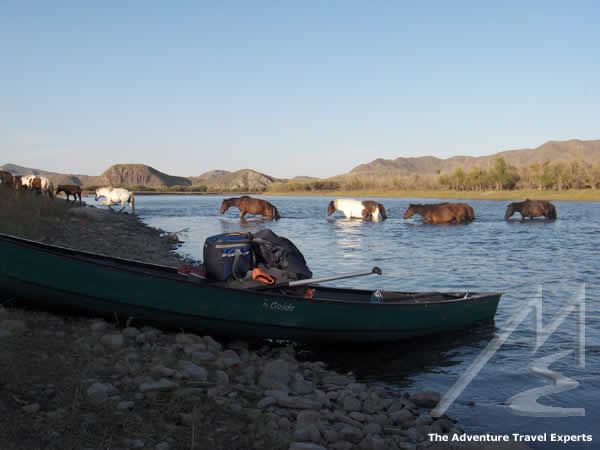
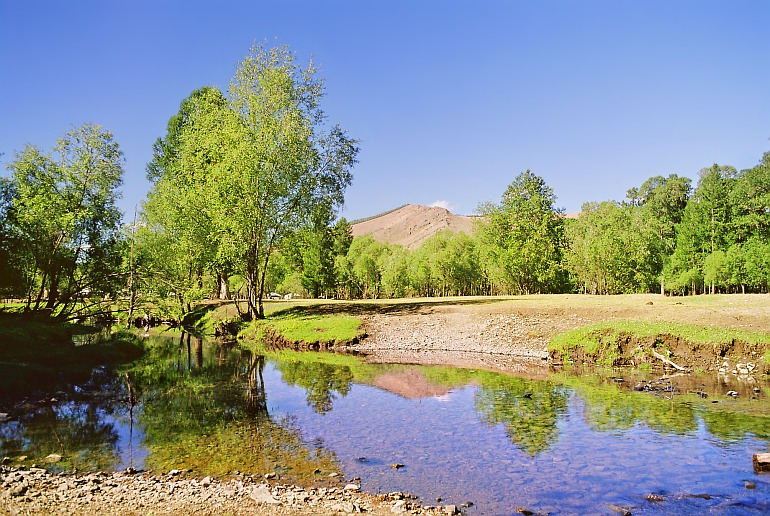 /TD>
/TD> Kipcsákok, tatárok
és a pokol
Kipcsákok, tatárok
és a pokol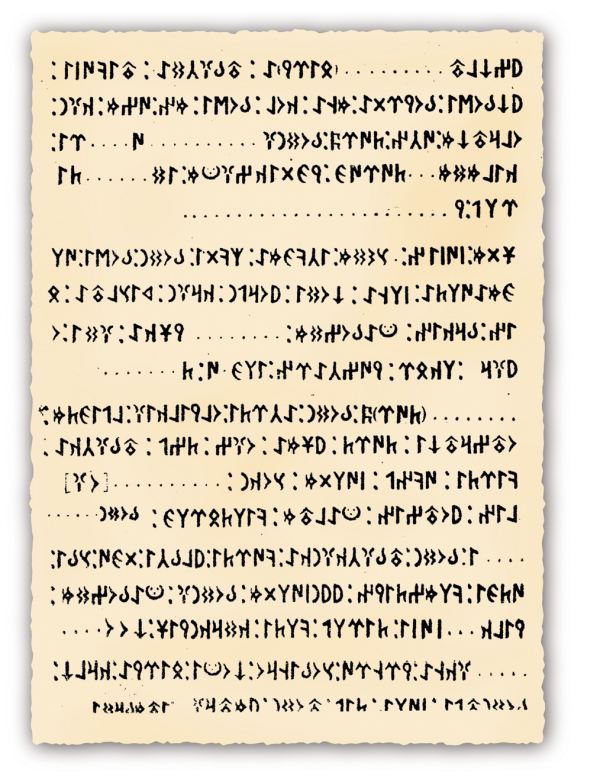 A 7 törzs:
A 7 törzs: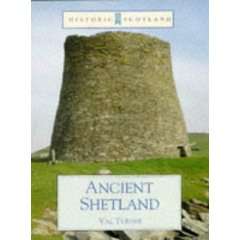 PREHISTORIC VILLAGE OF SKARA BRAE
PREHISTORIC VILLAGE OF SKARA BRAE 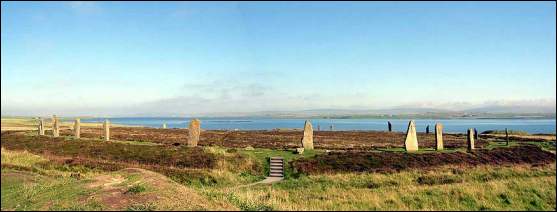
 RING OF
BRODGAR
RING OF
BRODGAR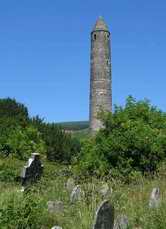 Orkney
nevei, szavai
Orkney
nevei, szavai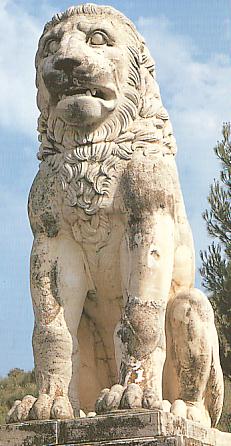 HOMÉROSZ
(I. e. 08. sz.) Íliász
HOMÉROSZ
(I. e. 08. sz.) Íliász  ARGOS ORESTIKON (ORK), Ancient city, KASTORIA
ARGOS ORESTIKON (ORK), Ancient city, KASTORIA 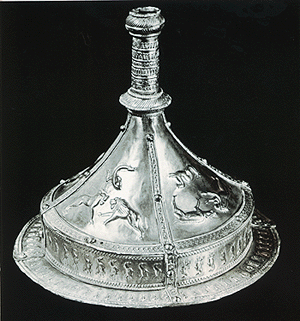
 Oszet
nyelv
Oszet
nyelv
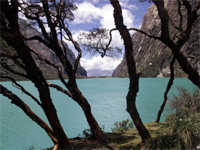 Az orkok elmentek...
Az orkok elmentek...